On the surface, most of Canada’s lakes and rivers look pristine. But below the surface, many are facing essential challenges to their health. Why? To better understand the health of Canadian lakes and rivers, we must look beyond the site itself to the whole watershed.
Canada’s freshwater streams, rivers and lakes are inherently connected ecosystems. Driven by precipitation and gravity, the flow of water changes across seasons and location. Connected waterflows form watersheds. A watershed is the combined area drained by a body of water, including groundwater aquifers.
All human activity within a watershed that affects the quality of flowing water — including rain, snow, irrigation or groundwater — will have an impact upon all the water bodies in the system. Because of this, it is essential to monitor and regulate human activities in a lake’s watershed if its health and biodiversity are to be preserved.
Disturbances can influence aquatic ecosystems even if they occur far away from the water’s edge, especially where large quantities of water flow rapidly. Simply put, what happens upstream, and on land, is as important to what is happening in the lake itself. What’s more, poor freshwater health can affect the health of the land within the watershed as well.
This article is part of our series Our lakes: their secrets and challenges. The Conversation and La Conversation invite you to take a fascinating dip in our lakes. With magnifying glasses, microscopes and diving goggles, our scientists scrutinize the biodiversity of our lakes and the processes that unfold in them, and tell us about the challenges they face. Don’t miss our articles on these incredibly rich bodies of water!
In my research, I work to better understand lake, stream and river ecosystem functioning, biodiversity and health. This is of increasing importance as aquatic environments are affected by climate change. What is clear, is that to fully understand what is going on in a lake ecosystem, you need to look beyond its shoreline.
Truly understanding how water flows within a watershed can empower us to act more responsibly and design more just and effective policies.
Inconsistent boundaries
Watershed boundaries, which are defined by landscape topography, often do not overlap nicely with political boundaries — with the Nile Basin being perhaps the most obvious example.
Moreover, humans have long been manipulating water flows through dams and irrigation. Where we place our cities, agriculture, mines and forestry also often overlaps with more than one watershed or can overwhelm another.
Recent work, as part of the Lake Pulse Network, has sampled over 650 lakes across Canada. This research demonstrated that only a four per cent to 12 per cent urbanization level within a watershed is enough to harm biodiversity and ecosystem functioning.
Urbanization is one of the most impactful ways in which humans affect watersheds. The reasons for this are likely down to hard infrastructure blocking the flow of water along with forestry and agriculture land conversions changing how water flows.

THE CANADIAN PRESS/Nathan Denette
The inescapable truth is that the health and function of a specific aquatic ecosystem is shaped by what happens on the land within that watershed as a whole. These system-wide influences are known as as “allochthonous” — as opposed to “autochthonous” (internal) interactions solely within a single waterbody.
External influences (runoff) from the land can overwhelm a water body’s internal processes and, in some case, can even have negative impacts upon both fish health and the wider local food web.
Climate change is also playing an increasingly outsized role in the lives of Canadian lakes. The most noticeable impacts of a warming world in Canada are forest fires of increasing severity and duration and ever more intense storms.
These extreme events will cause more runoff into our lakes, potentially overwhelming them through nutrient overloading, salinization and other chemical shifts in the water quality.
Read more:
Sediment runoff from the land is killing NZ’s seas – it’s time to take action
Managing water flows
The connectivity between waterbodies within a watershed is also critical to consider in biodiversity conservation.
First, these aquatic connections serve as migratory corridors for mammals and birds, but also aquatic species of fish and invertebrates like insects and crayfish. With climate change and warming waters across Canada, aquatic organisms will increasingly need such corridors within watersheds to move northwards to cooler waters.
Just as migratory pathways enable the dispersal of native species, they can also aid the spread of invasive species. Invasive species management must also take a watershed perspective, and not focus on a single invaded lake or river.
If an exotic species has arrived in your watershed then you are likely to soon see that species in a lake or river near you.

THE CANADIAN PRESS/Darryl Dyck
Contaminants — such as pesticides, other toxins, microplastics and nutrients — also require a watershed-wide approach to effectively manage. Like an invasive species, contaminants can flow downstream across a watershed. Though, the presence of healthy wetlands within a watershed can help filter these out and improve water quality.
Dams, bridges and culverts provide a clear physical barrier to connectivity within a watershed. Though not without utility, these human constructs greatly affect the watershed ecosystem.
For example, many fish species will not pass through a culvert or under a low bridge. These human structures can greatly disrupt fish population dynamics, movement pathways and abilities to adapt to changing conditions.
Unfortunately, the challenges facing fish populations can have significant impacts for biodiversity health, and ecosystem services, across the watershed.
Endlessly interconnected
The interconnected nature of watershed ecosystems necessitates collaborative forms of governance.
Integrated watershed management is an approach to water governance that involves many different agencies, communities and levels of government. Several provinces use this approach, including the most populated provinces of Ontario and Québec. This model must become the norm across Canada.
Read more:
How the invasive spiny water flea spread across Canada, and what we can do about it
More fundamentally, biodiversity protection in a watershed must be handled in an integrated manner. Ideally this would be done using natural watershed boundaries, and not political ones, especially with respect to managing issues related to connectivity. However, this may not always be possible, in which case water governance systems must transcend political boundaries as needed.
Enabling watershed governance across political boundaries is an area where the new federal Canada Water Agency could play a leading role.
Regardless of specific arrangement, it is imperative that all who care about the health of Canada’s freshwater consider its lakes and rivers within their larger watersheds. Only by focusing on watershed health can we preserve Canada’s freshwater.

The post “To truly understand the health of a lake, you must look well beyond its shoreline” by Beatrix Beisner, Professor, Aquatic ecology, Université du Québec à Montréal (UQAM) was published on 10/21/2024 by theconversation.com








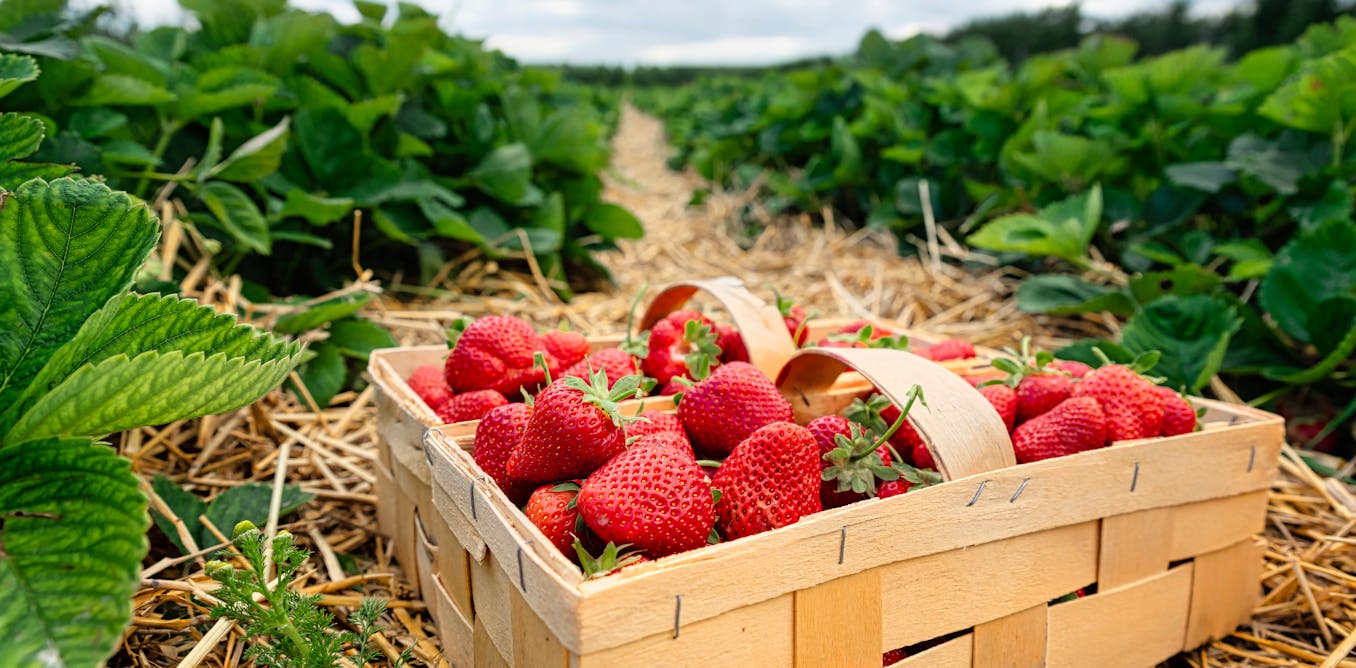



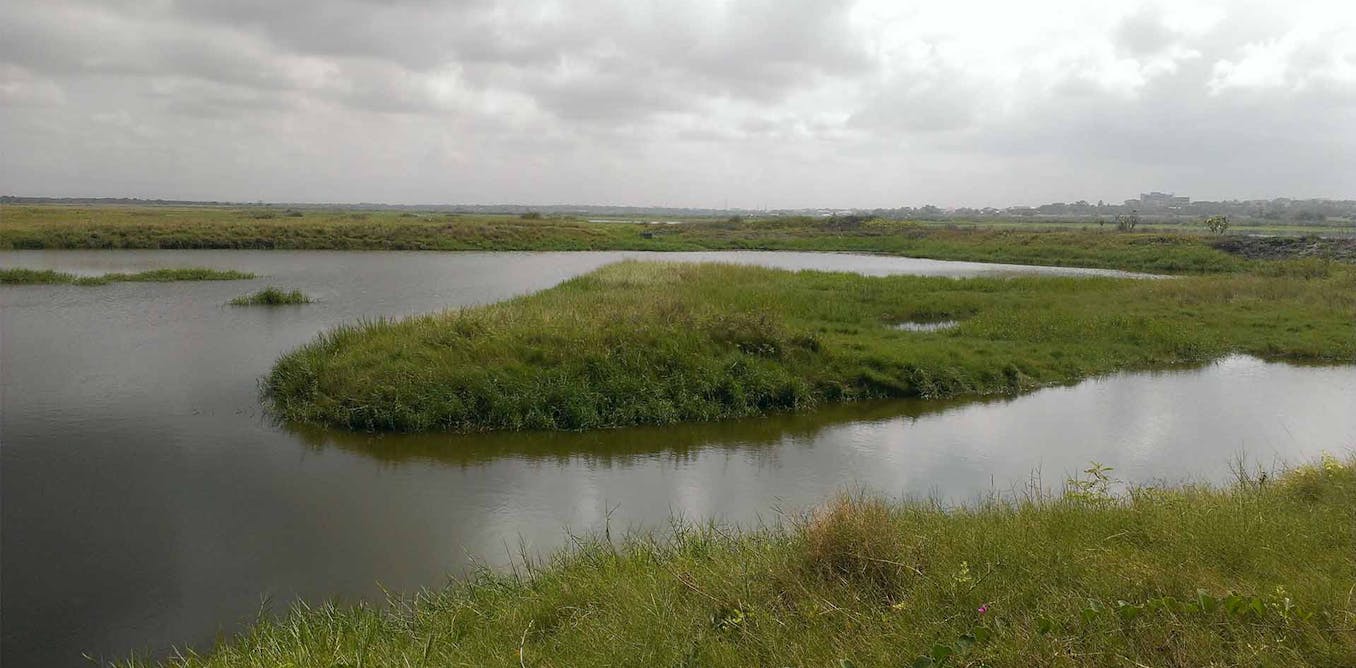



















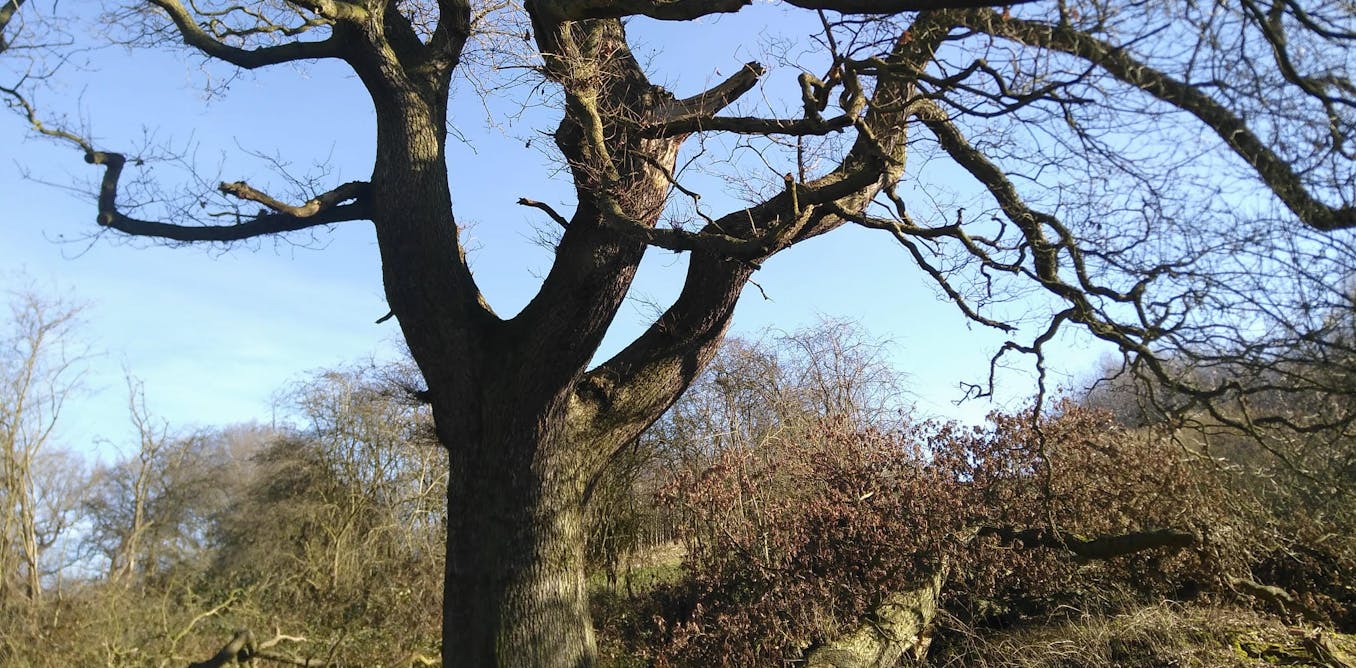
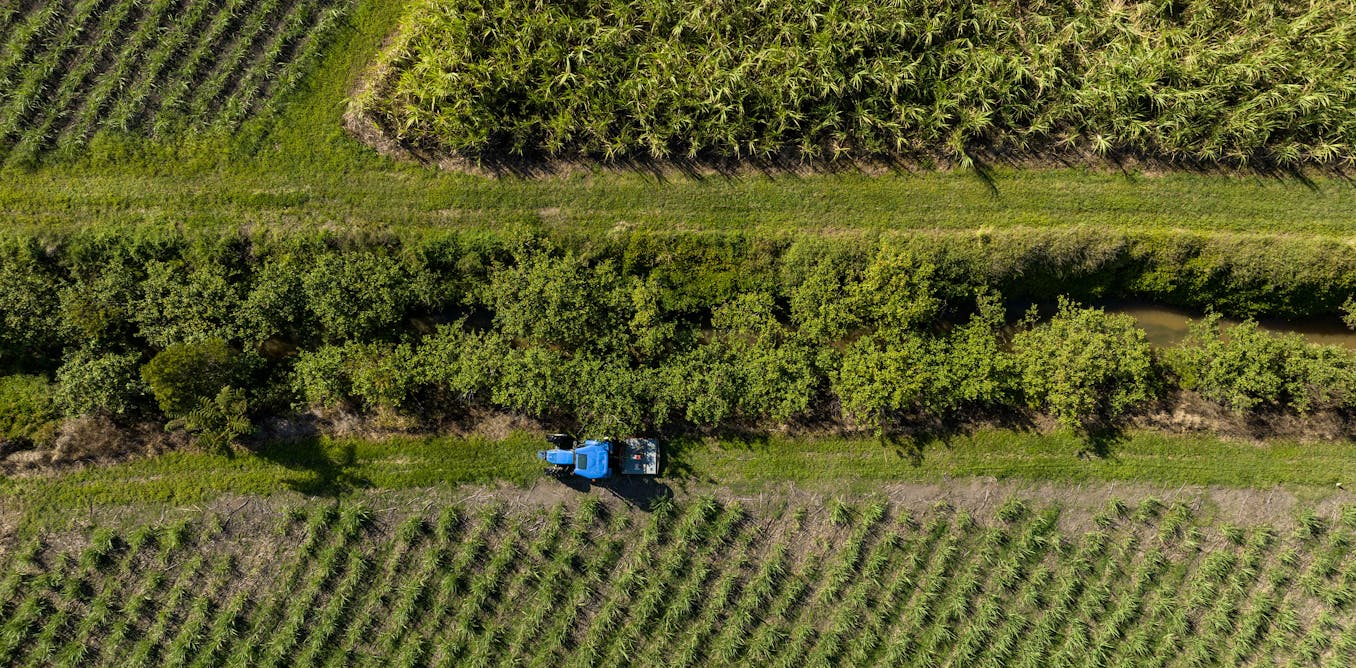
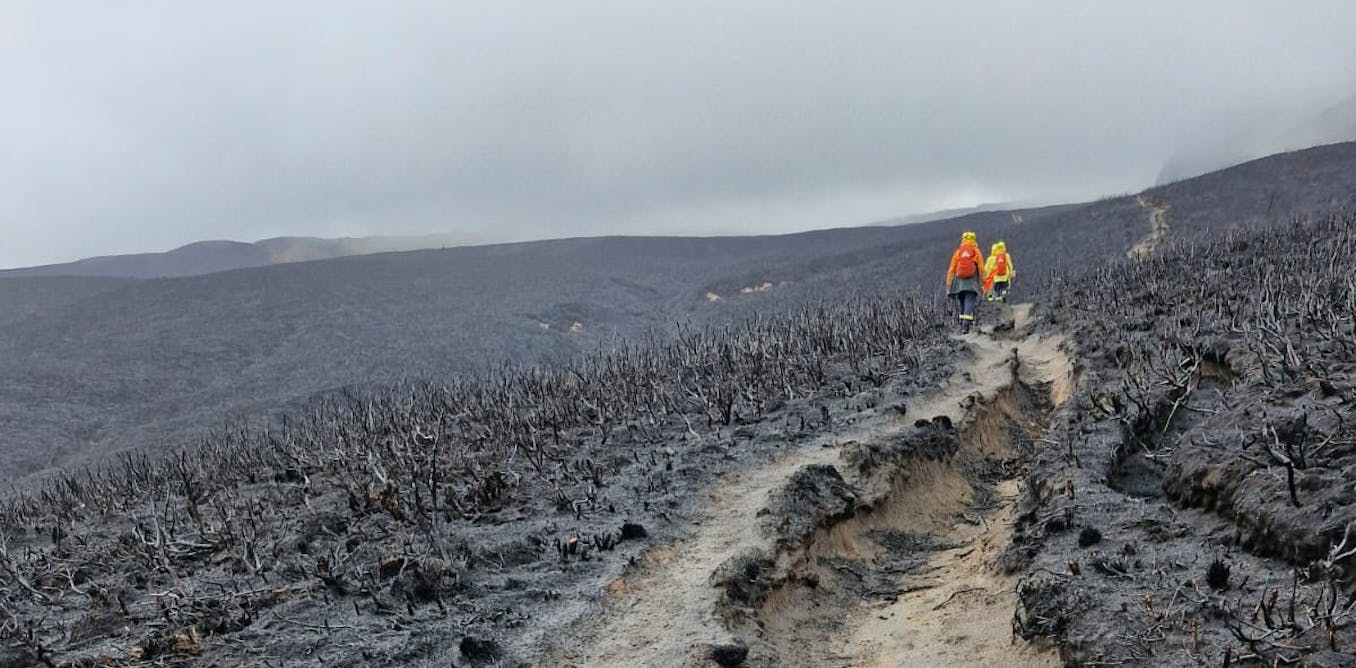
Leave a Reply